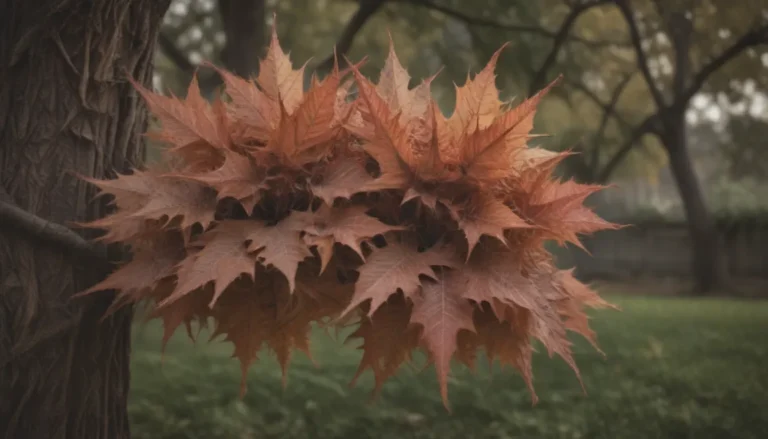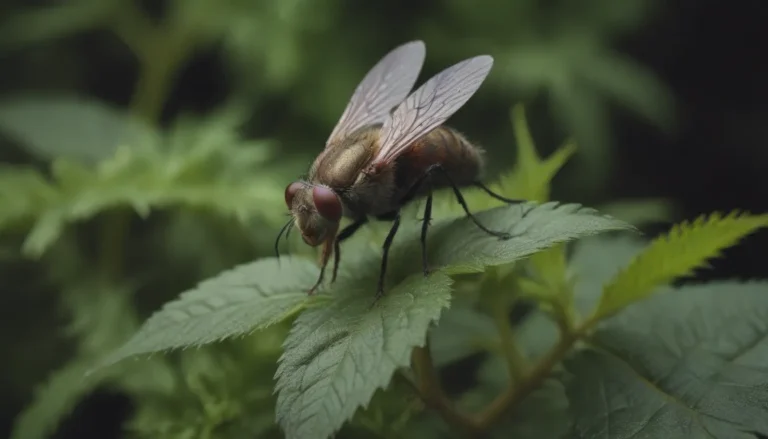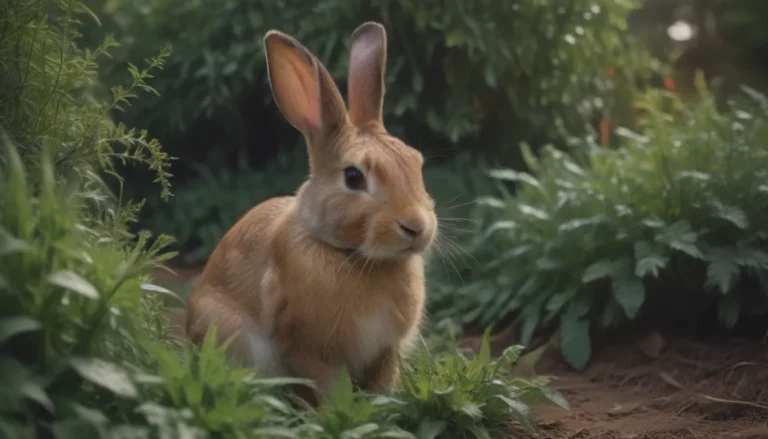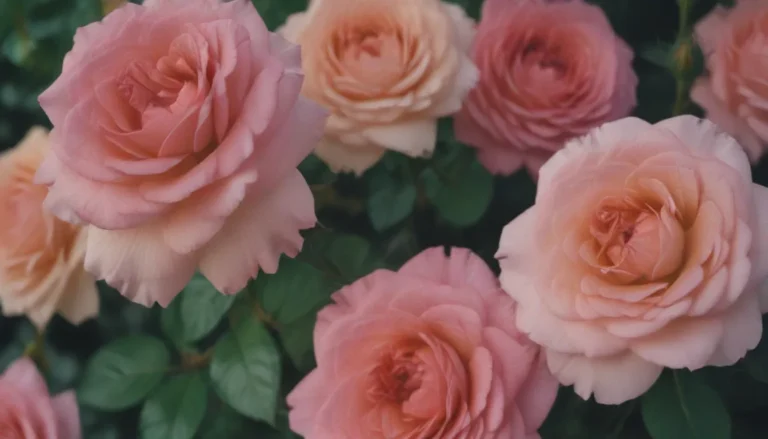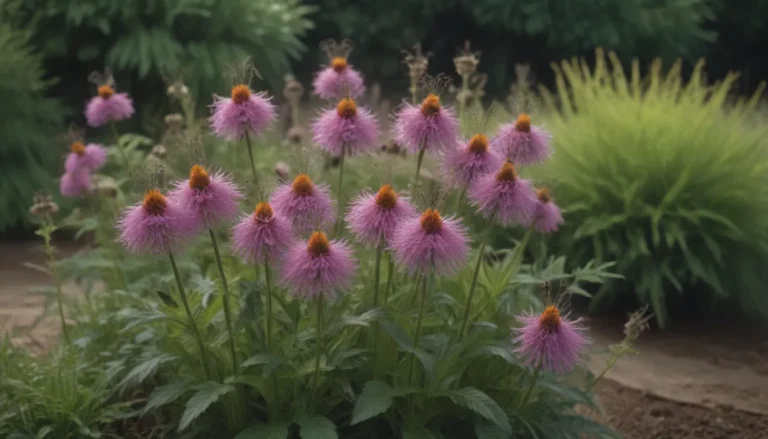The Comprehensive Guide to Growing and Caring for Vinca Minor (Periwinkle)

Vinca minor, commonly known as periwinkle, is a versatile plant that is tough, low-maintenance, and pest-free. With its pretty broadleaf foliage and colorful flowers, vinca minor is a popular choice for those looking to add some greenery to their garden. In this comprehensive guide, we will delve into everything you need to know about growing and caring for vinca minor, from its preferred growing conditions to how to propagate and prevent pests and diseases.
Vinca Minor Overview
Vinca minor is a perennial plant that can come back every year in warmer climates, but acts as an annual in cooler regions. It is well-known for its creeping habit and ability to provide ground cover. The flowers of vinca minor typically bloom in spring, with colors ranging from blue to lavender, purple, or white. While the summer display of flowers may not be as magnificent as in spring, vinca minor still adds a touch of beauty to any garden.
Benefits of Vinca Minor:
- Ground-cover plant that discourages weeds
- Drought tolerant and can thrive in shady areas
- Low-maintenance and pest-resistant
- Adds a pop of color with its vibrant flowers
- Helps prevent soil erosion with its creeping habit
Toxicity Warning:
It is important to note that vinca minor can be toxic to humans and pets. Please handle this plant with caution and keep it out of reach of children and animals.
Vinca Minor Care Tips
Vinca minor is a relatively easy plant to care for, but it still requires some attention to ensure its optimal growth. Below are some essential care tips for vinca minor:
Light:
- Vinca minor can grow in partial sun, partial shade, and full shade.
- It is best to plant them in partial shade to prevent burning from direct sunlight.
- Ideal for areas with dry shade or under mature trees where grass struggles to grow.
Soil:
- Well-draining soil is crucial for healthy vinca minor growth.
- Space the plants about a foot apart for quick coverage.
- Thrives in compost-rich soil but can tolerate poorer soils.
Water:
- While vinca minor prefers moist soil, it is drought-tolerant once established.
- Water regularly to keep the soil moist, especially during hot and dry periods.
Temperature and Humidity:
- Vinca minor is intolerant of frost and thrives in humid, wet climates.
- Be mindful of night temperatures dropping below 50 degrees Fahrenheit and consider bringing the plants indoors during colder months.
Fertilizer:
- Monthly fertilization with balanced fertilizer can enhance foliage color and bloom production.
- While not necessary, fertilizing can be beneficial for plants in poor soil conditions.
Propagating Vinca Minor
Vinca minor can be propagated through seed, stem cutting, or division. Dividing established plants is the quickest and easiest method for propagating vinca minor. Here’s how you can propagate vinca minor through division:
- Carefully dig up an established vinca minor plant.
- Gently separate the roots into smaller sections.
- Replant the divided sections in a new location with well-draining soil.
- Water the newly planted sections thoroughly to promote root growth.
Common Pests & Plant Diseases
Vinca minor is susceptible to common pests and diseases that can affect both indoor and outdoor plants. Here are some pests and diseases to watch out for and how to combat them:
Pests:
- Aphids, spider mites, scale, and whiteflies are common pests that may infest vinca minor.
- Use insecticidal soap or neem oil to control infestations and prevent damage to the plant.
Diseases:
- Wilt, dieback, and fungal leaf spots can affect vinca minor.
- Water the soil instead of the leaves to prevent fungal issues.
- Prune infected leaves and dispose of them properly to prevent spreading of diseases.
Varieties of Periwinkle
While vinca minor is a popular choice for ground cover, there are other varieties of periwinkle worth considering for your garden:
- Vinca Major: Cold-hardy and larger than vinca minor, this variety is a great choice for adding some height to your garden.
- Madagascar Periwinkle: A tender perennial that thrives in full sun, ideal for warmer climates in zones 10 and 11.
In conclusion, vinca minor is a versatile and attractive plant that can enhance the beauty of any garden. With its low-maintenance nature and vibrant blooms, it is a popular choice for gardeners looking for a reliable ground cover option. By following the care tips outlined in this guide and staying vigilant against pests and diseases, you can enjoy a thriving vinca minor garden year after year. So, go ahead and add some periwinkle charm to your outdoor space!
